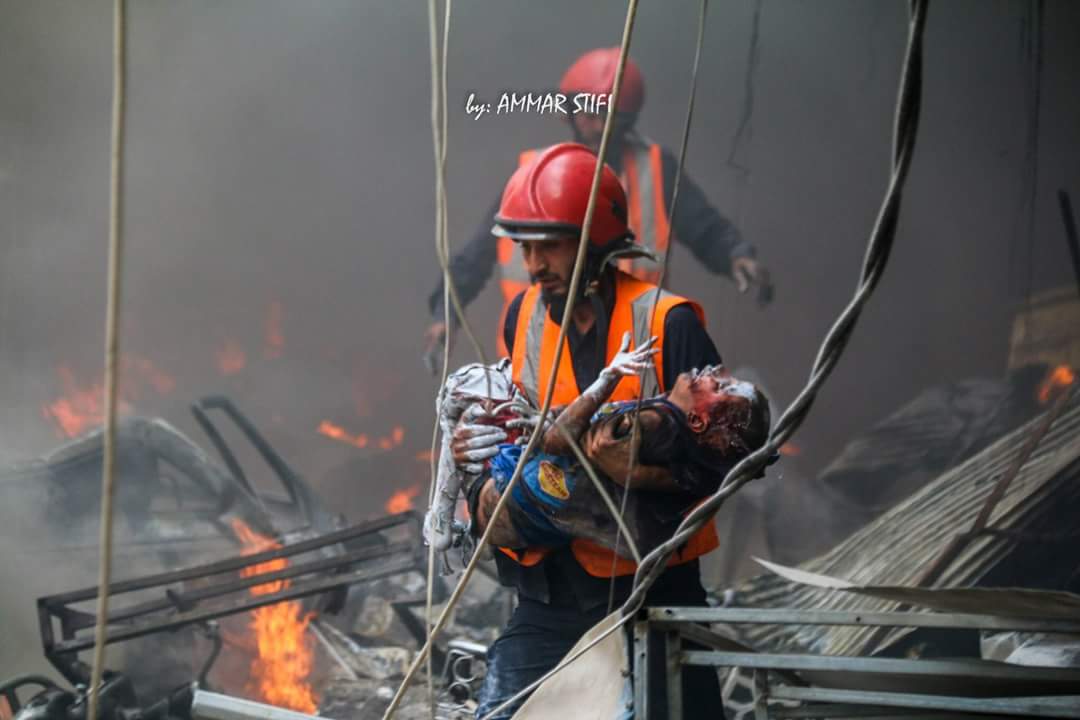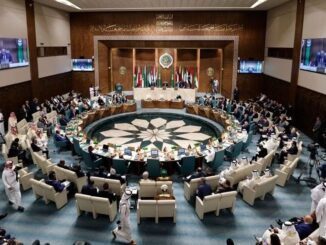
The Russian military said it started reducing the military presence in Syria as its Russian politicians sought a ceasefire, but facts on the ground confirmed opposing news.
By the summer of 2015, President Assad seemed on the verge of being overthrown. Then Russia launched its military intervention. The Russian intervention tilted the war in favor of Assad regime and cost the rebels many of their strongholds, and Aleppo was the last one to be lost.
After Aleppo, Russia and Turkey brokered a ceasefire between the rebels and Assad regime.
President Vladimir Putin ordered the reduction of forces in Syria on December 29 as he announced a ceasefire between government and rebel forces, which has since dampened down the fighting.
“In accordance with the decision of the supreme commander of the Russian armed forces, Vladimir Putin, the Russian defence ministry is beginning the reduction of the armed deployment to Syria,” Russian news agencies quoted military chief Valery Gerasimov as saying on Friday.
Gerasimov said the naval group headed by Moscow’s sole aircraft carrier – Admiral Kuznetsov – would be the first to leave the area.
“The tasks set for the aircraft carrier group during its military mission have been fulfilled,” said Andrei Kartapolov, Russia’s main commander in Syria.
“The successes of the Syrian armed forces in the liberation of Aleppo have created the necessary conditions for the peaceful settlement of the conflict,” said Gerasimov. “I’m confident that it will lay the basis for the political settlement of the conflict.”
opposing facts
Russian cargo ships have been spotted transporting military equipment towards Syria rather than from it, according to MEE.
New satellite images showed Russia had moved more equipment to its base in Latakia since the announcement last Friday.
ISI, a company that specializes in satellite services and data analysis reported last week that Russia had deployed Iskander ballistic missile systems to the base.
ISI said two Iskander vehicles were clearly visible in satellite imagery taken on 28 December.
According to the online magazine, The Interpreter, the deployment of Iskander ballistic missiles in Syria would enable Russia to fire warheads anywhere in the country as well as target areas in the southern half of Turkey, Israel, Jordan, and parts of Saudi Arabia and Egypt.
#Russia is not withdrawing from #Syria.
– Evidence of further military deployments & planned new offensives:https://t.co/kA5zdezi8r pic.twitter.com/4DnWmvmwJy
— Charles Lister (@Charles_Lister) January 9, 2017
#Russian RoRo #AlexandrTkachenko loaded with military vehicles en route to #Syria #ChiosStrait #AegeanSea pic.twitter.com/uiPiEOFRdJ
— AegeanHawk (@AegeanHawk) January 5, 2017
Previous declarations
Last March, Putin also ordered the Russian military to withdraw most of its forces from Syria, timing his declaration with a brief cease-fire in place at the time, one that was brokered by Moscow and Washington, and the launch of peace talks that took place in Geneva.
This announcement wasn’t really applied, as Russia sent more troop to Syria. Russia sent a naval force that include Russia’s only plane carrier.
Russia also declared opening a new naval base for its forces in Syria.
It began sending significant reinforcements back to Syria in October, and supplied crucial air power for the campaign to retake Aleppo.
Sarah Lain, a Russia expert with the Royal United Services Institute (RUSI), told Middle East Eye on Friday that it “remains to be seen” whether Russia will actually withdraw significant military capabilities, “given the fact that they simply readjusted when they announced a withdrawal in March 2016.
“However, pressure has mounted on Russia to draw the conflict closer to discussion over a political transition. In November the government agreed to cut military spending by one trillion rubles, indicating that there are economic limits on Russia’s defence policy,” she said.
“The Russian government is very aware that it does not want its role in this conflict to drag out indefinitely.
“This is not only because part of the reason behind Russia’s intervention was to highlight the failures in the West’s approach to the Middle East, but also because the Russian population’s appetite for foreign war when the economy is struggling at home is not without limits.”
Putin has previously stated that Russia will “unconditionally continue the struggle against international terrorism and furnish support for the legitimate Syrian government in its struggle with terrorism.”
“It goes without saying that we will stand by the agreements that have been achieved, including the development of the Russian military logistic facilities in Tartus and at the Hmeymim airdrome,” he said.
The Syrian crisis began as a peaceful demonstration against the injustice in Syria. Assad regime used to fire power and violence against the civilians and led to armed resistance. 450.000 Syrians lost their lives in the past five years according to UN estimates, and more than 12 million have lost their homes.



